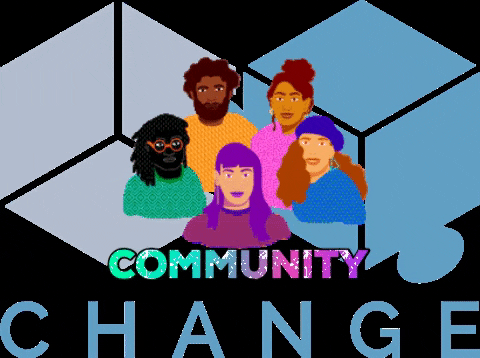
Table of Contents
Introduction
JavaScript is a high-level, interpreted programming language that is widely used in web development. This client-side scripting language allows developers to create dynamic websites and web applications that can interact with users and respond to their actions in real-time. In this article, we will explore the power of JavaScript and how it has transformed the way we use and interact with the web.
Some key features of it include its ability to manipulate HTML and CSS, create dynamic animations and effects, handle user events and data, and support for object-oriented and functional programming. With its versatility and popularity, it has become an essential skill for modern web developers. Additionally, it has expanded beyond the browser with technologies such as Node.js, allowing developers to use it for server-side applications and even desktop software. Overall, JavaScript has greatly impacted the web development industry and will continue to shape the future of the web
The Beginnings of JavaScript
JavaScript was first introduced in 1995 as a simple scripting language for web browsers. It was designed to add interactivity to websites, such as simple animations and form validation. Over the years, JavaScript has evolved into a full-fledged programming language that is capable of building complex web applications.
Why is JavaScript so Powerful?

JavaScript is a dynamic language, which means it can respond to user actions in real-time. This allows developers to create interactive websites and web applications that can respond to user inputs and provide immediate feedback.

JavaScript is a versatile language that can be used for a wide range of applications, from simple animations to complex web applications. It is also a scalable language, which means it can handle large amounts of data and complex calculations.

JavaScript has a large and active community of developers who contribute to the language and provide support and resources. There are also a vast number of libraries and frameworks available that can be used to speed up the development process and add additional functionality to your projects

JavaScript is a cross-platform language, which means it can run on any platform, including Windows, Mac, and Linux. This makes it a popular choice for web developers, as they can write code that will run on any device and any browser.
How can we use Java Script?
- Dynamic Websites Designing = It can be used to add interactivity to websites, such as drop-down menus, accordions, and sliders. It can also be used to validate forms and provide immediate feedback to users.
- Web Applications Designing = It can be used to build complex web applications, such as e-commerce sites, project management tools, and social networks. These applications can run on any device and respond to user actions in real-time.
- Game Designing = It can be used to build browser-based games, such as puzzle games, platformers, and shooters. These games can be played on any device with a web browser, making them accessible to a wide audience.
Conclusion
In conclusion, It is a high-level, interpreted programming language that has revolutionized the way we use and interact with the web. Its popularity and versatility have made it an essential skill for modern web developers. With its ability to manipulate HTML and CSS, create dynamic animations and effects, handle user events and data, and support for object-oriented and functional programming, It has become the go-to language for creating dynamic, interactive, and versatile web applications.
One of the key strengths of JavaScript is its cross-platform compatibility, allowing developers to write code that can run on a wide range of devices and platforms. This feature has greatly contributed to its popularity and has made it an attractive choice for developers looking to build web applications that are compatible with a wide range of devices and platforms.
Moreover, JavaScript has a large and active community of developers who constantly create and maintain open-source libraries and tools that make it easier to build and maintain web applications. This vibrant ecosystem of developers and tools has helped to advance the language and make it easier for developers to build complex and powerful web applications with ease.